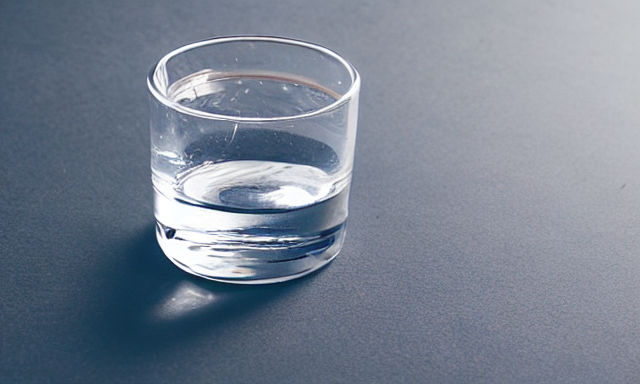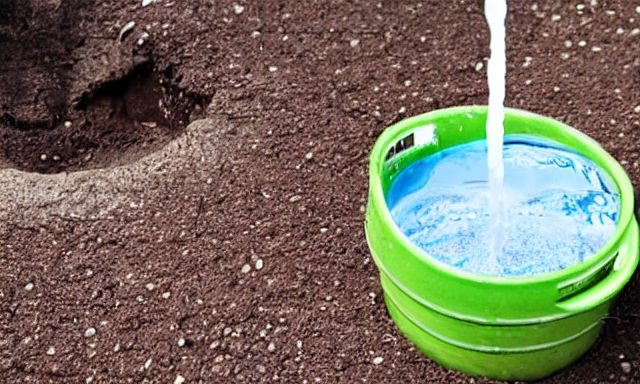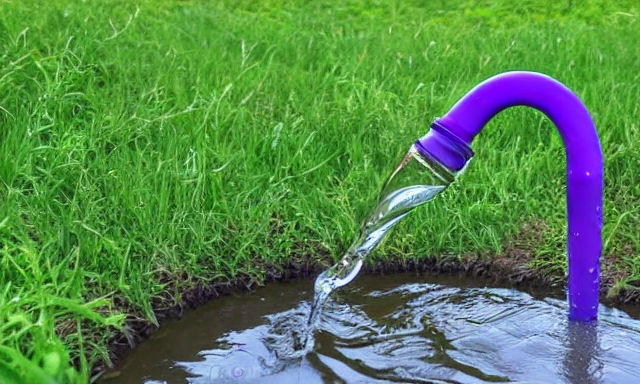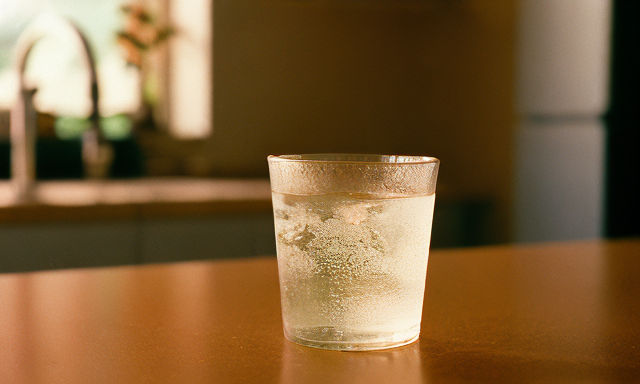What Do Water Filters Remove From the Tap Water?
You’ve probably heard the term “water filter” in reference to a device that filters tap water. There are several types of water filters, and each performs a slightly different job. For example, carbon filters remove chlorine, while a reverse osmosis system removes lead and sediment. If you’re considering adding a water filter to your home, consider the advantages and disadvantages of each and what the water filters remove from the tap water.

Carbon filters remove chlorine
Carbon filters are a relatively inexpensive way to filter water, and they can remove chlorine from your drinking supply. Although activated carbon filters are not the best for removing all pollutants from your water, they do an excellent job for this purpose. Carbon filters are generally placed alongside other filters in your water system, and other types of filters will remove a wider variety of contaminants. They also can help prevent the buildup of contaminants that may cause health problems.
Many people use carbon filters to filter their tap water because of the way they remove chlorine. Chlorine is a gas that makes water taste and smell bad. The gas that chlorine gives off can even harm your health if you shower in it. Activated carbon filters do not adhere to chlorine, but they do remove it from your water through a chemical reaction. Carbon filters use activated catalytic carbon, which alters chlorine molecules to chloride. The result is cleaner, clearer water for your family.
A good filter should not only remove chlorine, but also chloramine. Chloramine is a stable chemical that does not produce by-products like trihalomethane. Chloramine also has a bad taste, but is more difficult to remove than chlorine. In this case, a carbon filter will use a process known as catalytic carbon. Catalytic carbon breaks down ammonia into chloride and converts it back to chlorine.
Reverse osmosis systems remove lead
Reverse osmosis systems remove most types of contaminants from tap water. These systems use household water pressure to push water through a membrane, which filters out the impurities and removes lead. These systems also remove chlorine, sodium, and fluoride, as well as bacteria and metal ions. Aside from lead, reverse osmosis systems remove other contaminants, including chlorine and sodium.
Reverse osmosis systems use high-pressure water-filtering technology to force water through a multi-stage filtering system. These systems often use an activated carbon filter to remove lead from water. These carbon filters have porous surfaces that attract contaminants, such as lead, and then trap them, rendering them harmless to humans. Since these pollutants can’t be seen, tasted, or smelt, reverse osmosis systems remove lead from tap water.
Reverse osmosis filters are made to remove dissolved solids, chlorine, and sediment from water. The semipermeable membrane allows only H2O molecules to pass through, and larger contaminant particles get trapped. The result is clean drinking water. Reverse osmosis are similar methods, but reverse osmosis systems remove lead from the tap water.
Some reverse osmosis filters are certified by the National Sanitation Foundation. These standards are extremely high for both energy conservation and quality. Reverse osmosis systems remove up to 94%-97% of lead from water. These systems are not complete, however. A carbon filter cartridge can be added to a reverse osmosis system to get rid of even more lead.
Physical filters remove sediment
There are many types of water filters on the market. Among them are sediment cartridge filters, RO filtration, and UV purification systems. The difference between these types of filters is in the filtration media they use. The media can be cellulose, fabric, or ceramic. Typically, sediment cartridge filters feature a corrugated design around the tubular opening, which provides a larger surface area for filtration. Physical filters, on the other hand, remove sediment from tap water by filtration of a smaller sized particle.
Mechanical filters work by removing dirt and suspended particles from water. They are similar to a screen door, allowing water to pass through while trapping dirt and sand. They can be as small as a five-micron filter, but even smaller particles can be filtered out. If you’re worried about cysts, choose a filter with a micron rating of 0.5 microns or higher.
Sediment-removing physical water filters are a necessary part of many water treatment systems. Sediment-containing particles can damage the delicate equipment in water treatment systems. Fortunately, sediment-filtering products are incredibly easy to install. They connect to faucets and other entrances to the water supply. Most of them don’t require any additional plumbing or electronic equipment. Physical filters remove sediment from tap water without the need for expensive, complicated plumbing work.
Reverse osmosis systems remove bacteria
The best reverse osmosis systems for your home use high-quality membranes, and they are made with sustainable and eco-friendly materials. In addition, these systems use proprietary technology to keep water as pure as possible and maintain great water pressure. They also monitor your water use and notify you when it needs maintenance. You can learn more about the benefits of reverse osmosis systems by reading our reviews below.
Reverse osmosis systems remove almost all bacteria from water, but not all. Some parasites attach to the membrane and aren’t removed completely. CDC recommends wearing gloves when cleaning RO systems and changing filters. The CDC also warns against using the bare hands when cleaning RO systems. But it’s worth remembering that these filters remove most bacteria, and that you can add ultraviolet light to them for extra protection. UV light kills any bacteria that get through the filter.
Reverse osmosis systems have become a popular choice for homeowners and businesses alike. Despite their low cost, they remove a variety of bacteria and viruses. These systems remove bacteria and other microorganisms from water, including E. coli and salmonella. These systems are also effective in cleaning water used for manufacturing purposes. Reverse osmosis systems remove bacteria from the tap water that has become contaminated with harmful pathogens.
Advanced osmosis systems remove viruses
There are many types of bacteria and viruses present in tap water. Some of the most common types include Rotavirus, Norovirus, and Adenovirus. All three of these bacteria and viruses can cause respiratory and digestive problems. These viruses are particularly harmful to children because they can be spread through the drinking water from municipal sources that have been contaminated by people who have been exposed to them. By using an advanced osmosis system, you can be sure that you and your family are receiving clean, safe water.
Reverse osmosis filtration systems remove many of the contaminants found in tap water. These systems use pressure to push water molecules through a fine membrane. The clean water is collected on one side, while the contaminated water is flushed down the drain. Most RO systems contain a sediment/chlorine pre-filter, reverse osmosis membrane, storage tank, and activated-carbon post-filter.
Carbon filtration reduces undesirable odors, tastes, and organic chemicals. Carbon filtration uses specially-manufactured charcoal or porous carbon particles to attract organic contaminants. It costs anywhere from $30 to $800. The reverse osmosis system will remove heavy metals and dissolved salts, but performs poorly against fluoride, nitrates, and radioactive particles. Most RO systems will reduce contaminant levels when operated under ideal laboratory conditions.
Reverse osmosis systems remove fluoride
There are two main methods to remove fluoride from tap water. Distillation and reverse osmosis are both methods that remove fluoride. Distillation uses high energy costs and anion exchange is limited to a small pH range. Reverse osmosis is cheaper, but it does not remove fluoride completely. A reverse osmosis system removes both fluoride and bacteria from water.
Reverse osmosis is a method of purifying water that removes typical impurities like dissolved minerals, solid particles, and pesticide contaminants. The process also removes fluoride ions from water and produces enough fluoride-free water for an entire household. To learn more about this technology, visit a reputable dealer. If you live in an area with high fluoride levels, consider a reverse osmosis system.
Reverse osmosis systems can remove fluoride from water, but be sure to test the system thoroughly before purchasing it. Some reverse osmosis systems can remove up to 95% of fluoride, but this varies depending on the manufacturer. If you’re concerned about your water’s fluoride content, a reverse osmosis system can remove up to 85% of it. If you’re not sure, you can consult the manufacturer’s technical specifications to learn more about their systems’ ability to remove fluoride.
A reverse osmosis system can be installed on the kitchen sink or bathroom sink. The tank is usually around 2 gallons and can fit under a sink. Larger systems may require a dedicated space. Some homeowners install their RO system in their basement or crawlspace. The water filter needs to be replaced on a regular basis, so be sure to check for a model with a longer lifespan.








